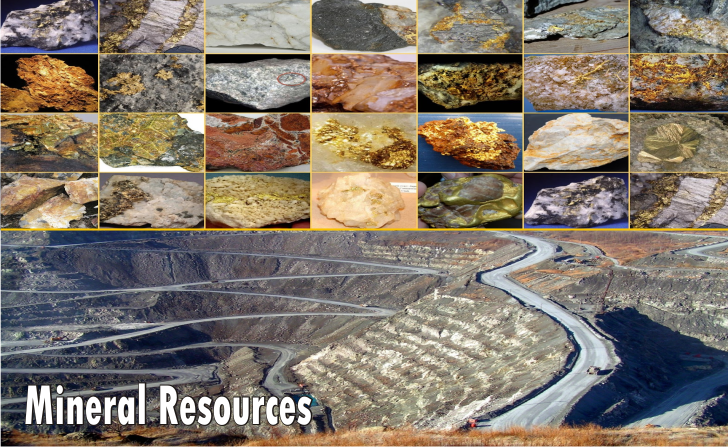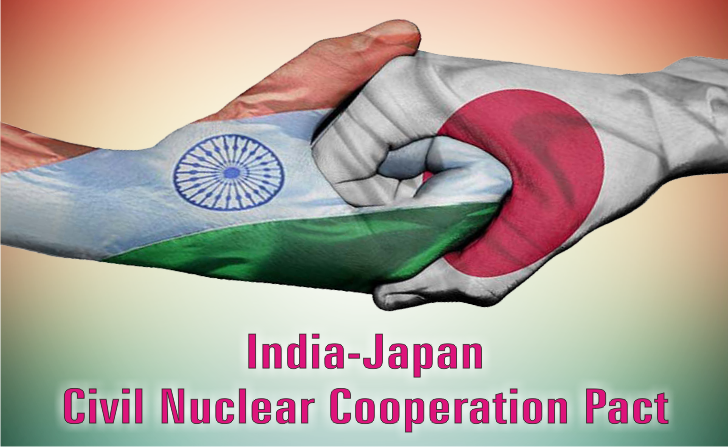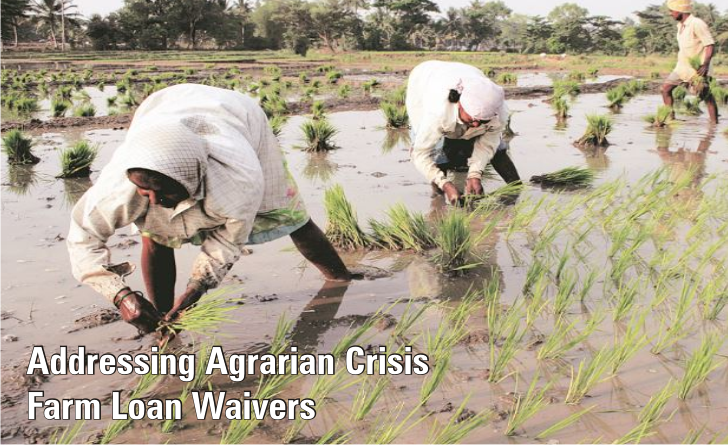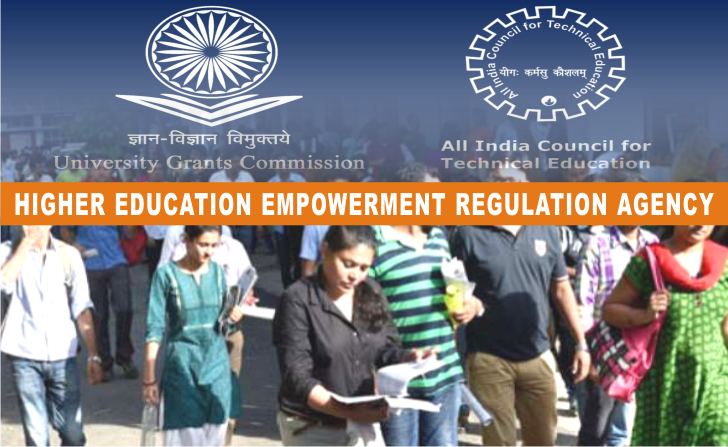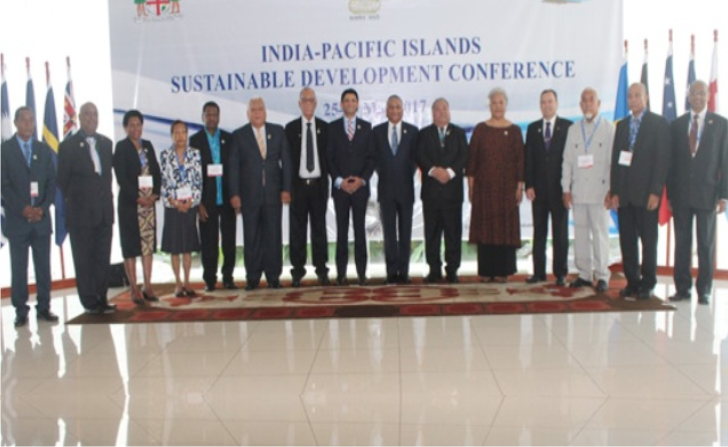Minerals are homogenous, naturally occurring, inorganic solids, each having their own characteristic chemical composition and highly ordered atomic structure. Essentially, if a material is not grown, it must be mined. Minerals are an economic commodity, mined for their potential use or their intrinsic value. It is estimated that there are some 4,000 mineral types:
- Copper and diamond are examples of naturally-occurring minerals made up of only one element.
- All other mineral groups are made up of one or more metallic elements combined with another element.
- The largest group is silicates which contain varying amounts of silicon and oxygen; quartz and feldspar are two examples; other important groups include sulfides which combine with sulfur; and oxides which combine with oxygen, water, or hydroxyl. These three groups are vital as they form many of the ores from which valuable metals can be extracted, including iron, lead and bauxite.
Mineral resources are abundant in use in our daily life; pencils to computers are made from minerals and other materials that have been extracted from the Earth. And, despite concern over the last few decades that some minerals resources would become scarce, the supply of most major minerals is not actually an immediate concern. In fact, known reserves of most major minerals have increased over the last two decades despite population growth, which has led to both increased demand and consumption.
Extraction, processing, and transport of minerals do have impacts on the environment, as well as on the potential health and safety of those working in the industry. Mitigating the disruption of landscapes and ecosystems, while continuing to ensure supplies of critical minerals, is constant technological challenge. In addition, use of cyanide by some mining operations such as gold, and release of gases, dust, and other particulates can impact soils, water, and the air. Water quality can also be affected by metal contamination or sedimentation; yet, the largest problem facing the mining industry is considered to be acid drainage which can threaten aquatic ecosystems.
Current regulation prioritises mine reclamation to further initiate beneficial end-uses of the land area. In addition to minimising any residual hazards to public safety, the process includes maintaining water and air quality, minimizing flooding, erosion and damage to wildlife and aquatic habitats, and providing topsoil replacement and the introduction of appropriate plant species.
Ministry of Mines is responsible for survey and exploration of all minerals, other than natural gases, petroleum and atomic minerals, for mining and metallurgy of non-ferrous metals like aluminium, copper, zinc, lead, gold, nickel, etc. and for administration of the Mines and Minerals (Regulation and Development) Act, 1957 in respect of all mines and minerals other than coal, natural gas and petroleum.
Mining resources have not been exploited to the desired levels in India as the Mining accounts for only 2.5% of the GDP currently, while for mineral rich countries like Australia, it is 10%. The country must lay substantial focus on development of resources below the ground along with the focus on development taking place over the ground.
Exploration is the key source of value creation in the mining sector. If Indian entrepreneurs and multinationals explore these opportunities, they could do wonders. Government must craft a set of policy measures that comprehensively make India an attractive investment destination for entrepreneurs, both global and local. Regulations and adequate practices that are most value-creative must be made attractive to let entrepreneurs engage and succeed in their initiatives. This will also help in leveraging the immense potential of the natural resources sector for smooth exploration and discoveries.
Availability of reserves should not be the experience with Hindustan Zinc and Sesa Goa has proven time and again that despite low reserves, a five-time increase in production has the potential to create reserves for 20 years. Rajasthan, for instance, can garner more than Rupees one lakh crore by auctioning marble stone, potash and rock phosphate. India is the third-largest marble producer in the world. It has vast amounts of phosphate and potash reserves.
India’s minerals demand is expected to grow rapidly alongside economic development, improved infrastructure and urbanisation. Hence, a simple structure and policy need to be put in place. Additionally, the Oil and Natural Gas Corporation and other oil companies must explore the block. The block could be auctioned to ensure generation of huge revenues. The same could be done for the Kolar and Bharat gold mines in Karnataka. Success in exploration of mineral resources is indispensable to keep the flow of auctionable mining blocks into the market and meet India’s internal demand for self-sufficiency.
Finally, it is very important to keep safety and environmental protection at the centre of any exploration process through modern technology. Drone helicopter surveys have proven that modern day technology can help us adhere to environmental safeguards alongside conducting mining projects. Drone based data collection can also boost productivity. Surveying projects that once took weeks using traditional surveying techniques are now possible in just a few hours.
Wherever natural resources have been developed, local areas have seen a major growth and spurt in employment opportunities. The direct result of this translates into poverty eradication and skill development of the rural youth, alongside creation of small and medium-sized enterprises. The natural resources sector also holds the potential to boost India’s agricultural economy by generating revenue flow, thereby extending support to the rural communities, farmers alongside boosting the economy.
India’s true development will be realised when all the three sectors of economy; Primary or Agriculture Sector including Mining, Secondary or Industrial Sector and Tertiary or Service Sector grow together.



